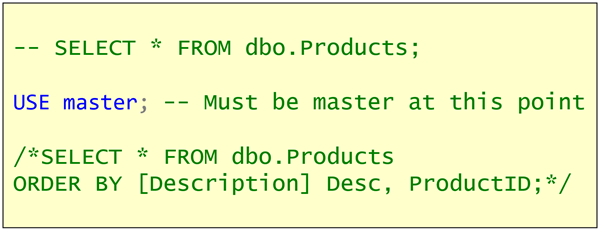Opinion - Modern isn't a synonym for Better
I’ve been in the IT industry a long time. I see trends come and go. (Mostly they go). At this point, I think I’m an OK judge of what’s going to fly and what isn’t. (Far from perfect but OK).
One thing that always puzzles me though is the way the word Modern is used as a put-down for things that aren’t modern, as though it’s a synonym for the word Better.
2019-09-03


